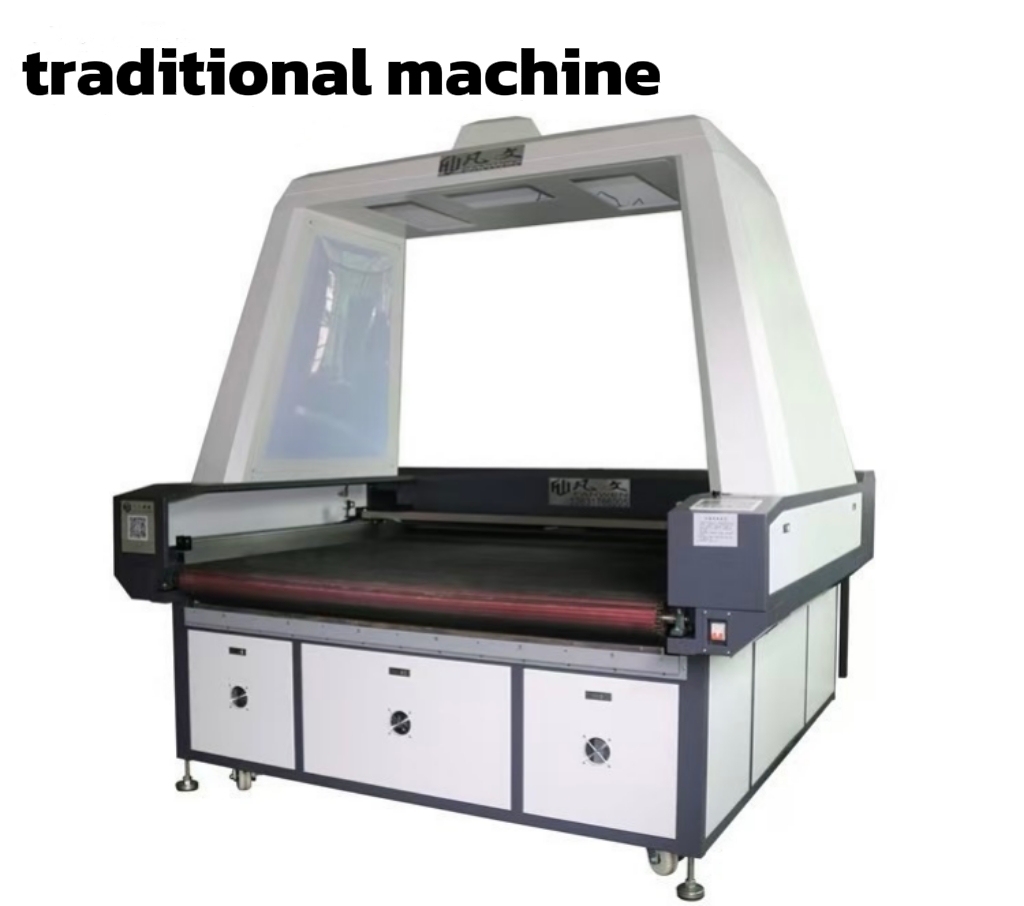.gtranslate_wrapper
Traditional fabric cutting VS Laser cutting
-1024x647.jpg)

Laser cutting and traditional fabric cutting methods, like die cutting or rotary cutting, offer distinct advantages and disadvantages.
Laser Cutting:
Advantages:
- Precision and Intricate Designs: Lasers can cut very fine details and complex shapes, often exceeding the capabilities of traditional methods.
- Sealed Edges: For synthetic fabrics, the laser melts and seals the edges, preventing fraying, a major advantage in many applications.
- Minimal Material Waste: Laser cutting can optimize material usage by nesting designs closely together.
- Versatility: Laser cutting can be used on a wide variety of materials, including natural and synthetic fabrics, leather, and more.
- Automation: Laser cutters can be integrated with computer-aided design (CAD) and computer-aided manufacturing (CAM) systems for automated production.
Disadvantages:
- Cost: Laser cutting machines typically have a higher initial cost than traditional cutting equipment.
- Material Limitations: Some materials, like vinyl or very thick materials, may be difficult or impossible to cut with a laser.
- Potential for Fumes: Depending on the material, laser cutting can produce fumes that require proper ventilation.
- Edge Appearance: While laser cutting can fuse edges of synthetic materials, it may not always produce the cleanest edge on natural fabrics and can sometimes leave a slightly scorched or darkened edge.
Traditional Fabric Cutting:
Advantages:
- Lower Initial Cost: Traditional cutting methods, such as die cutting or rotary cutting, are generally more affordable than laser cutting.
- Suitable for Thicker Materials: Mechanical methods can handle thicker materials more effectively than lasers.
- Simpler Maintenance: Traditional equipment is often simpler to maintain and repair.
Disadvantages:
- Limited Precision and Intricacy: Traditional methods may struggle to reproduce the fine details and complex shapes achievable with lasers.
- Edge Fraying: Without edge sealing, traditional methods can lead to fraying, especially with synthetic fabrics.
- Less Material Efficiency: Traditional methods may not be as efficient in material usage as laser cutting.
- Manual Labor: Some traditional cutting methods require more manual labor and are not as easily automated.
Laser cutting and traditional methods each have their own strengths and weaknesses. The choice between the two depends on the specific needs of the project, including material type, design complexity, budget, and timeline. For more information reach out to us. We have cutting solutions tailored to your specific requirements.
